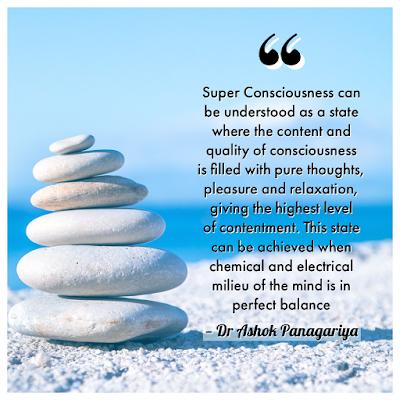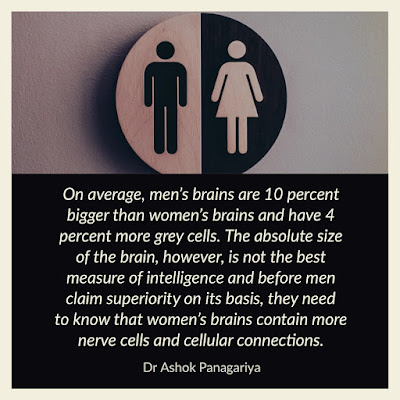The science of healing and the miraculous prescription of faith
A doctor is not simply a practitioner who heals the body. He is as
much a healer of the mind of a person who’s tired of an ailment, is
tottering on the brink of hopelessness, and has come to him in good
faith. A good physician is one who successfully treats a person with his
understanding of the science of medicine. A great physician is one who
makes the practice of medicine into an art by bringing together his
study of the science along with the individual’s own healing capacity
and utilises the faith he reposes in him as a catalyst to make the cure
complete, and holistic.
Life is both science and art. There is a distinct and detailed
methodology which is inbuilt and there is a way in which you live.
Brain, which is at the centre of our lives and steers it through the
entire course of our existence, is also a science and an art. Similarly,
the practice of medicine is both science and an art.
There are three components to healing. One is the medicine, second
is the individual’s own healing capacity, and the third, is beyond
comprehension, the one we shall be addressing as faith healing. The
first one is obvious reference to a formal training in the science of
medicine and its application in curing an ailing human body.
It is scientifically substantiated that every individual has about
25-30% capacity to heal as a natural process. We term this as
self-healing in the common parlance. As natural and simple as it seems,
there’s a science behind how this happens, or how one heals — what
changes take place at the level of the chromosome, among other workings
that lead to the body attempting to heal itself. For example, if you
suffer a cut, nature heals it on its own. The body recovers from a minor
fever or temperature by itself.
The third component, and by far the most underrated, is faith
healing or the placebo effect that impacts a person’s recovery from an
injury or ailment. Placebo, according to Oxford, refers to beneficial
effect produced by a placebo drug or treatment, which cannot be
attributed to the properties of the placebo itself, and must therefore
be due to the patient's belief in that treatment. Many visiting patients
often tell us the moment they enter the chamber that they already feel
better and believe they have healed. It has happened to most of us. When
you leave home, you’re sick and by the time you reach the doctor, you
feel you’re fine, even without having taken a single dose of medicine.
It’s the same kind of faith that manifests itself when you are
visiting a religious place like the Vaishno Devi shrine, or any temple,
or a place of worship. You get this overpowering sense that I will be
benefitted. I feel good. That’s your faith expressing itself when it
connects with some place or some one, however, intangible it might seem
or come across as.
The art is using this science which you are trained in and the kind
of faith which you generate, which includes your communication skill,
your knowledge base, and your ability to deduce a line of treatment that
would start the healing process. The art is to take that 25-30% of the
individual’s own healing capacity, and the placebo effect and
integrating them with the science of medicine.
I can tell from experience doctors who generate this faith and use
it to further their treatment of an ailment pull off the seemingly
impossible while being lavished with epithets such as “messenger of
god”, “god in human incarnation” and other superhuman references that
dwell on the miracle of a healing that was unexpected in the first
place.
An example will illustrate what I’m trying to underline here. I
received a patient who had come in from outside Rajasthan. She was a
middle-aged woman and healthy in her disposition. It was only after she
removed her head scarf that her ailment manifested itself in full view.
She had only a handful of hair strands left on her scalp. You could have
counted them on your fingertips and you wouldn’t have run out of
fingers.
She had been plucking off her hair for years now and couldn’t
resist the urge to manually pull them off her scalp. She spoke to me
about her condition and how she has seen doctors across India but
couldn’t end the painful obsession that had resulted in a balding scalp.
It took me one sitting with her to briefly understand what was
affecting her. She was a clinical case of an Obsessive Compulsive
Disorder. I simply chose to trace back the observation to that part of
the brain where the anomaly had set in triggering the compulsive
response and prescribed her medication which would suppress that neural
trigger.
On her next visit, she showed off hair on her scalp. There was
25-30 per cent cover compared to her first visit. She was visibly moved
and addressed me as an incarnation of Lord Krishna before leaving for
her home. Looking back, her cure was simply a generic suppressant and mostly
faith-healing.
Integrating that science and art is ultimately what we are: one of the components in the healing of the human being.





Comments
Post a Comment